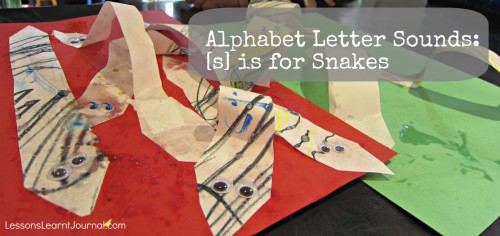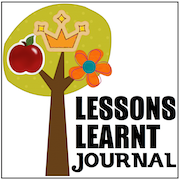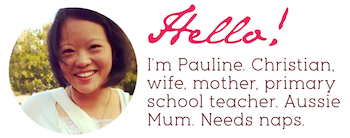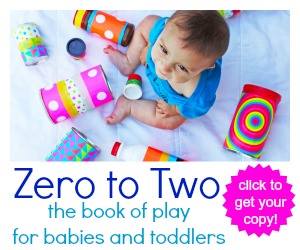Being literate is such an important and valuable skill to possess. Once someone learns to read, they can then read to learn, and there is so much out there to learn!
Rewind a few years. A university lecture hall. The Professor at the front of the hall presents his lecture on teaching children how to read. What is he going on about? Alphabetic principle? Fluency? Initial Phonemes? Segmentation?
There are so many facets to teaching literacy and literature but we must all start with humble beginnings. However, even humble beginnings are complex once deconstructed: vocabulary; background knowledge; alphabetic principle; phonemic awareness (ability to segment words into their separate sounds); comprehension; fluency; sight words; etc.
Let’s start with alphabet letter sounds. Alphabetic principle consists of both alphabet letter naming ability and alphabet letter sound knowledge. Often it is the alphabet letter sound ability that is harder of the two areas for students learn. (Also, these ideas will only use lower case letters as capital letters only account for about 5% of all letters in the written word.)
Alphabet Letter Sounds: [s] is for Snakes

Simple ideas for introducing the alphabet letter sound [s].
Show children a written alphabet letter lower case [s].
- Model the mouth movement and sound [s].
- Visually connect the picture/word “snake” with the letter sound [s].
- Kinaesthetically move your hand like a slithering snake.
To further support the learning of the alphabet letter sound [s], make some loopy snakes
Draw patterns and stripes all over strong, thin paper.

Cut the paper into strips – some fat, some thin. Cut points at the end of the strips for heads and tails. Put glue under the head and tail.

Bend and stick onto paper. You can overlap the snakes when you stick them down. Finally, stick eyes onto the snakes.

N & M: 3 years, 4 months
September 2011
Looking for more ideas to teach letter sound ideas? Check out our:
[m] is for mixing the wonderfully sweet
[a] is for chocolate fairy apple
[s] is for stars
[e] is for egg
Check out these wonderful online literacy resources:
Primary English Teaching Association Australia
The Balanced Literacy Diet
Playdough to Plato
















